Lawmakers, wildlife experts wrestling with sudden drop in wild turkey population
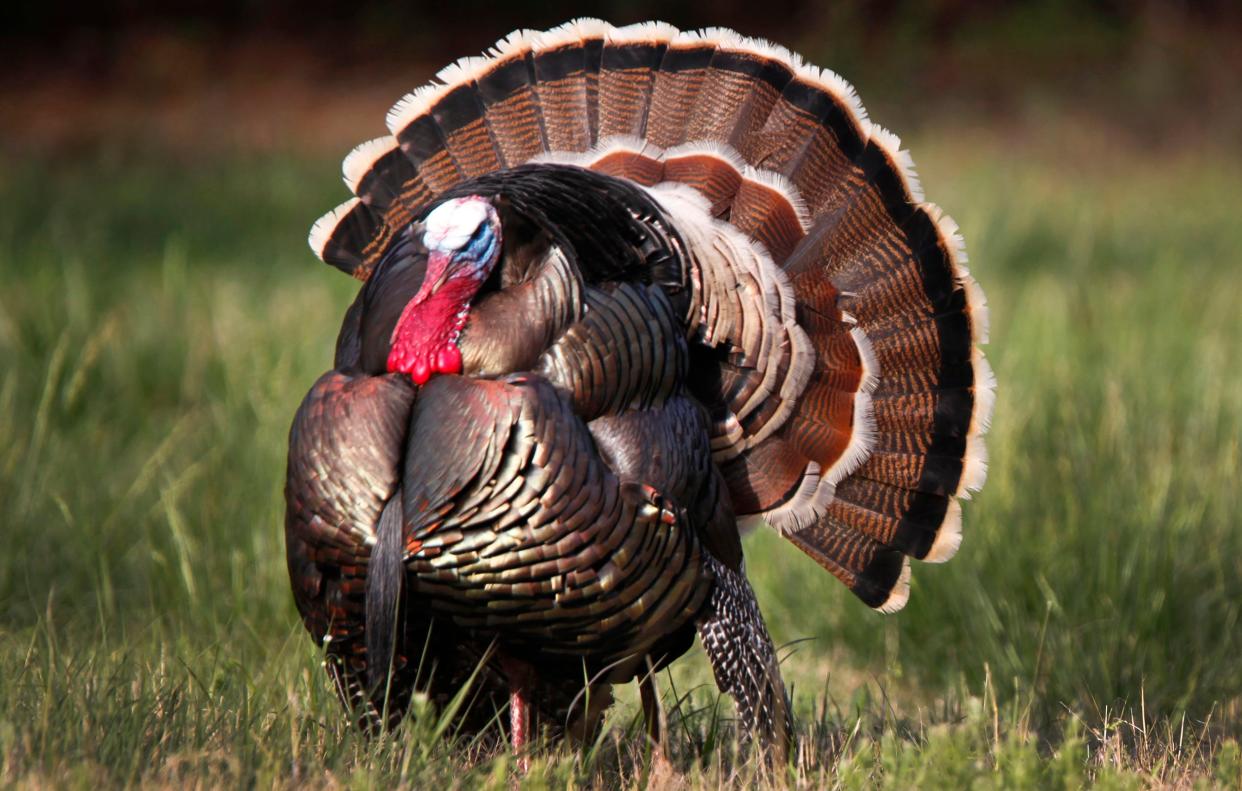
Despite efforts targeted to protect it, Oklahoma's wild turkey population is declining from a peak about a decade ago and has dropped sharply just in the last six years, a group of wildlife experts told a Senate committee Monday.
Oklahoma is home to three subspecies of wild turkey — the Merriam, Eastern and the most common, the Rio Grande. Wildlife experts said the Rio Grande has shown the biggest decline.
Bill Dinkines, chief of the wildlife division for the Oklahoma Department of Wildlife Conservation, said his department was actively studying the problem. Dinkines said the wild turkey population was robust in parts of the state prior to statehood, but by 1925 most scientists thought the birds were extinct.
Twenty-three years later, in 1948, Oklahoma wildlife officials started a restoration program using wild birds from Texas that were relocated to Harper County. By the 1970s, the nation's wild turkey population stood at about 1.5 million. The population came close to being fully restored during the 1980s and they continued to grow. In 2010, estimates put the number of wild turkeys at about 6.7 million nationwide.
In Oklahoma, the wild turkey population increased rapidly from the year 2000 through 2006 and by 2016 the population was estimated at close to 100,000.
But as of last year, that number had dropped to 70,000.
Speaking at Monday's interim hearing of the Senate Wildlife Committee, Scott Alls, state director of the USDA's Animal and Plant Health Inspection Service/Wildlife Service, said turkey population dynamics were complex and based on several factors including weather extremes, disease, predators and habitat.
"There are so many things that work against them," he said.
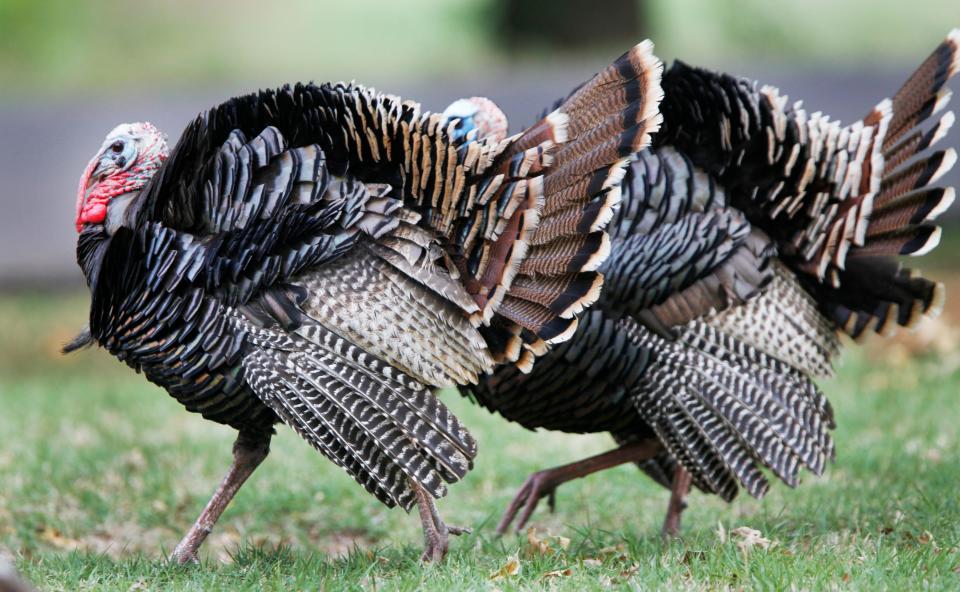
Alls said mesocarnivores — raccoons, striped skunks, opossums crows and feral swine — have also contributed to a reduction in the number of wild turkeys. He said the probability of a wild turkey nest being attacked is increased by more than 30 percent if the nest is located within a kilometer of a predator's feeding station.
"We know the raccoon population has been a big, big deal," he said. "I figure they are one of your number one predators."
State Sen. Blake Stephens, R-Tahlequah, said Oklahoma officials have taken steps to increase the population by lowering the bag limits for turkeys and moving the opening date of the spring turkey season. He said the decline in the wild turkey population was similar to the decline in the quail population.
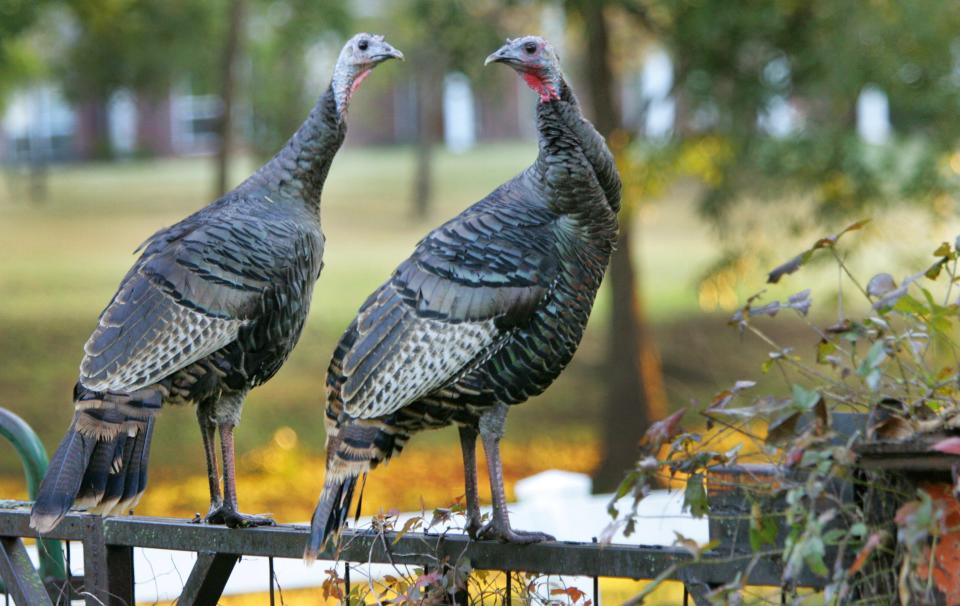
"As we witnessed the decline of the quail population, there was an emergence of the turkey population in Oklahoma," Stephens said. "And now, after several years of that (population) explosion, we are now witnessing a serious decline in their (turkey population) numbers."
Stephens said lawmakers also were considering incentives to farmers and ranchers to improve turkey habitats statewide.
Still, the problem isn't just limited to Oklahoma.
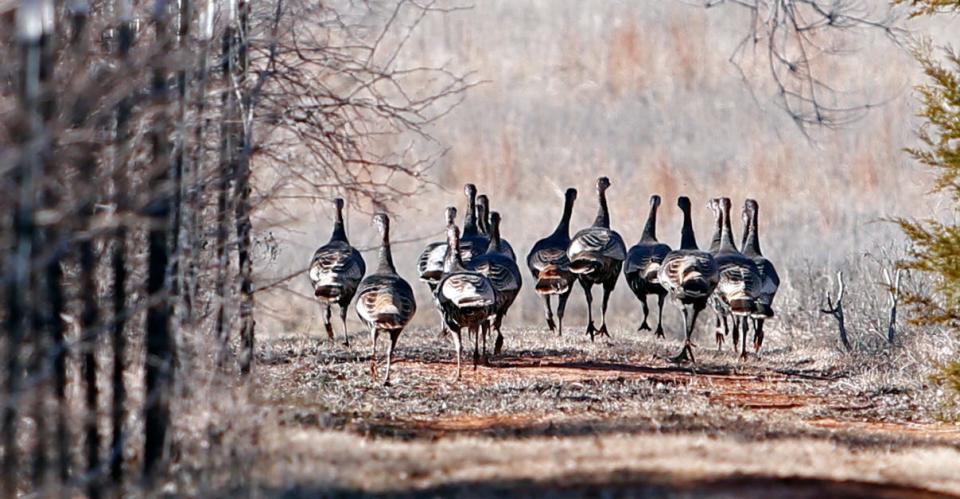
In September, the Kansas Department of Wildlife and Parks announced it had canceled its fall turkey hunting season, citing a decline in turkey populations across the Midwest and southeastern parts of the country. Kent Fricke, a small game biologist with Kansas' DWP, told The Associated Press the destruction of turkey habitat from urbanization and losses caused by extreme weather events such as drought and flooding had all contributed to the decrease.
In addition to Kansas, Mississippi announced it, too, had canceled its fall turkey hunting season, the AP said.
Dinkines, with the Department of Wildlife Conservation, said agency officials were working with scientists from other states to develop ways to increase the population. He said the declines in population numbers had leveled out between 2022 and 2023. "To put a positive spin on it, in 2022 and 2023, it's hopefully leveled out and maybe 2023 is showing a little bit of an increase."
Stephens said lawmakers needed to understand the issue. He said the study was held so legislators could get the truth about the decline. "I'm thinking how we can best approach what we have in front of us. We're all seeking answers," he said. "Hopefully help us preserve that special bird that we love so dearly."
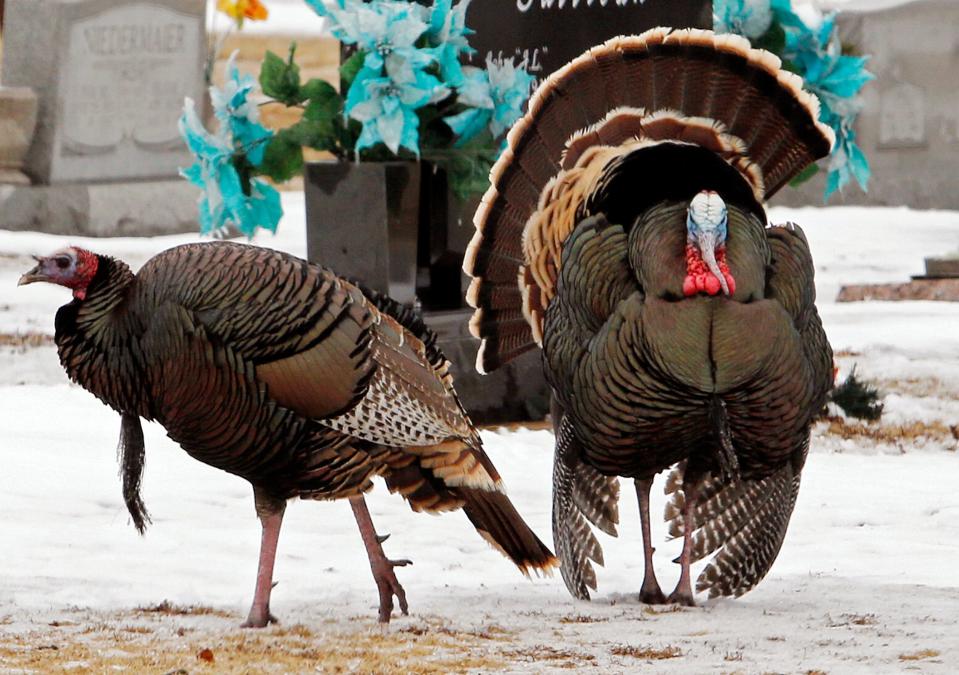
This article originally appeared on Oklahoman: Experts wrestling with Oklahoma's sudden drop in turkey population

